Understanding Radon is the First Step to Protecting your Iowa Home or Business
When it comes to radon, there is probably a lot that you do not know. You know that radon is dangerous, and that it is important to protect your home and family from it. Failing to do so could put you and your family or customers in danger. What are the first steps in preventing a radon issue in your home or business? Ameriserv Radon Mitigation in Iowa can provide you with the answers to all of your questions about radon.
Why is Radon Testing Important?
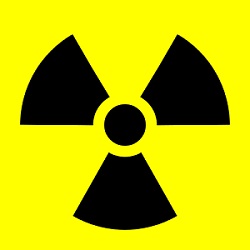 In the state of Iowa, around 400 people die from radon exposure every year. Your home may be one of the five out of every seven homes in Iowa that has dangerously elevated radon levels. If this is the case, it is important to have the radon taken care of right away.
In the state of Iowa, around 400 people die from radon exposure every year. Your home may be one of the five out of every seven homes in Iowa that has dangerously elevated radon levels. If this is the case, it is important to have the radon taken care of right away.
That is where radon testing comes in. Because radon is a colorless, odorless gas, it can only be found using professional radon testing methods. Ameriserv offers both short-term and long-term radon tests to help you determine whether or not your home has a radon issue.
How Do I Get My Home Tested for Radon?
There are a few different options when it comes to testing your home for radon. Several home improvement and DIY stores sell “do-it-yourself” radon testing kits. This kind of radon kit can help you get a general idea of the radon levels in your home.
However, the best way to test for radon in your home is to have a professional radon mitigation service, such as the team at Ameriserv Radon Mitigation, come and administer radon tests in your home. Hiring a professional to test for radon in your home will give you an idea of the severity of the radon in your home.
What Kinds of Radon Tests Can be Used?
There are two main types of radon tests that can be used in your home – short-term tests, and long-term tests. Which type of test you use is up to you, but there are a few differences between the two types of test.
- Short-term tests: Short-term tests can utilize a variety of different monitors and detectors to check the radon levels in your home. These tests are usually completed within 2-7 days, but more intensive tests could remain in your home for up to 90 days. Short-term tests are a less expensive option that is very convenient if you are looking to sell your home. They monitor radon levels over a short time period, giving you an idea of the radon levels in your home.
- Long-term tests: This kind of test takes over 90 days, giving you the average year-round radon levels in your home. Long-term tests tend to be more accurate and a bit more expensive. If you have already used a short-term or DIY radon test and found elevated levels of radon in your home, be sure to follow it up with a long-term test.
- DIY radon tests: If you want to get a general idea of radon levels in your home, try an at home radon test. The kits usually cost around $9 – $40. Leave the kit undisturbed for 48 to 96 hours and send the detector to a lab to get the results.
What Types of Devices are Used in Radon Tests?
There are two different types of monitors or detectors used in most radon tests: passive devices, and active devices. Passive devices include alpha track detectors, charcoal canisters, electret ion chamber detectors, and charcoal liquid scintillation detectors. These devices are sent to a laboratory for analysis after use.
The second kind of device, active devices, is made up of continuous monitors and continuous working level monitors. Active devices require professional attention and are designed to provide data on the variation within a given test period.
Where and When Should Radon Testing Be Done?
Since radon usually seeps into a home from the soil, the best place for testing to be done is the lowest level of the home that is occupied. Testing in a kitchen, bathroom, laundry room or hallway should be avoided. Drafty or humid areas may inhibit test results.
What is the Next Step After Radon Testing?
If you complete a short-term or DIY radon test and find a radon level above 4pCi/L, a long-term test should be administered to further assess the severity of the radon levels. For test results under 4 pCi/L, an immediate follow-up test is not necessary. It may be wise to test again after a long period of time, to determine changing radon levels and patterns.
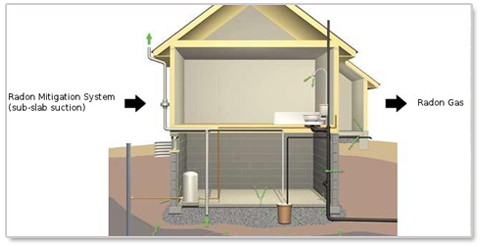 If you are looking to sell your home, or if you just want to ensure that it is a safe place for you and your family, consider investing in radon testing from Ameriserv. We are happy to offer testing and mitigation services to the Cedar Rapids, IA area. Contact us today for more information.
If you are looking to sell your home, or if you just want to ensure that it is a safe place for you and your family, consider investing in radon testing from Ameriserv. We are happy to offer testing and mitigation services to the Cedar Rapids, IA area. Contact us today for more information.




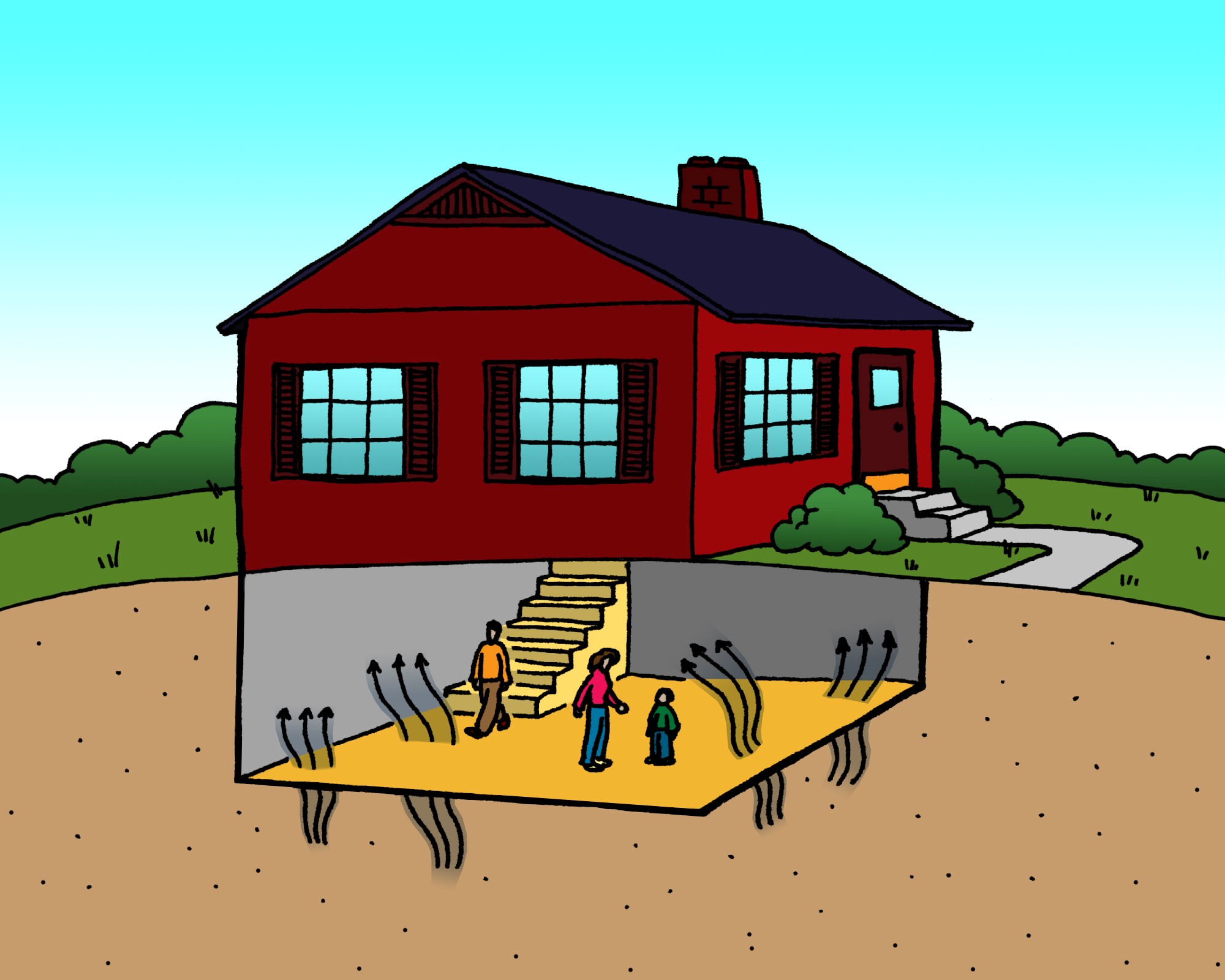
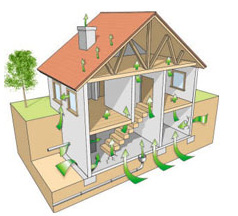
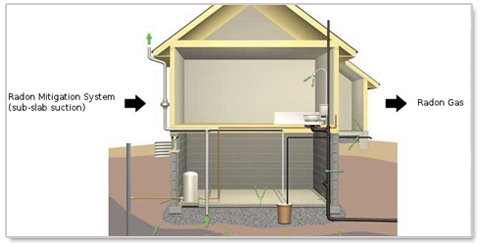
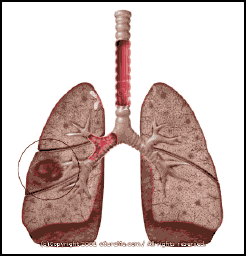
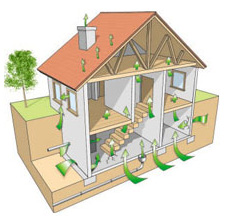
 If you are looking to sell your home, or if you just want to ensure that it is a safe place for you and your family, consider investing in radon testing from Ameriserv. We are happy to offer testing and
If you are looking to sell your home, or if you just want to ensure that it is a safe place for you and your family, consider investing in radon testing from Ameriserv. We are happy to offer testing and 